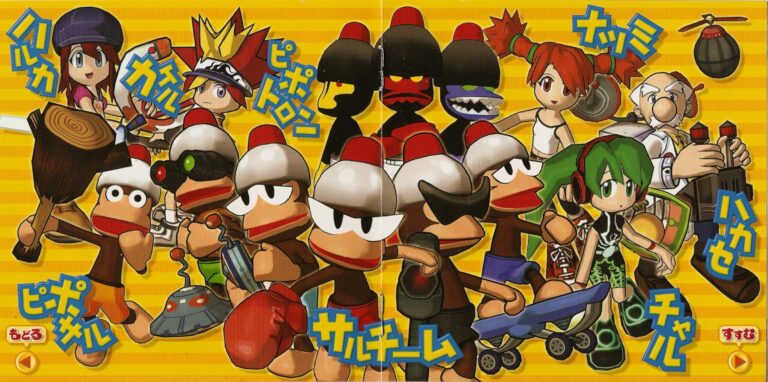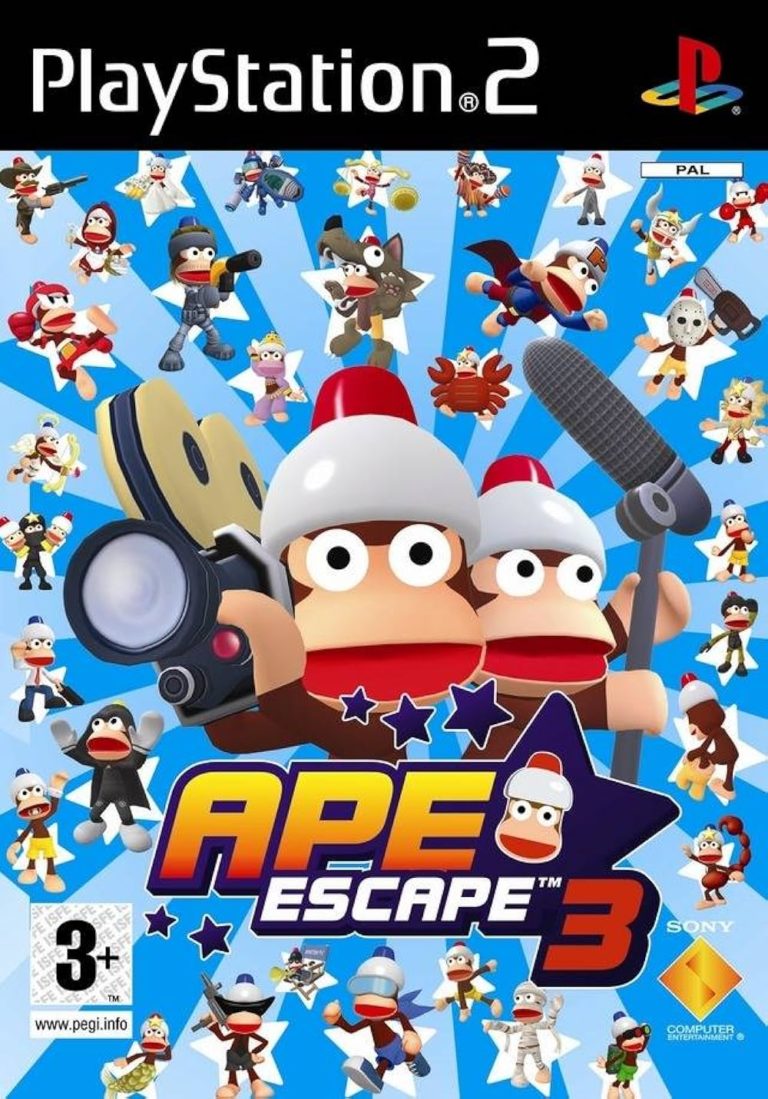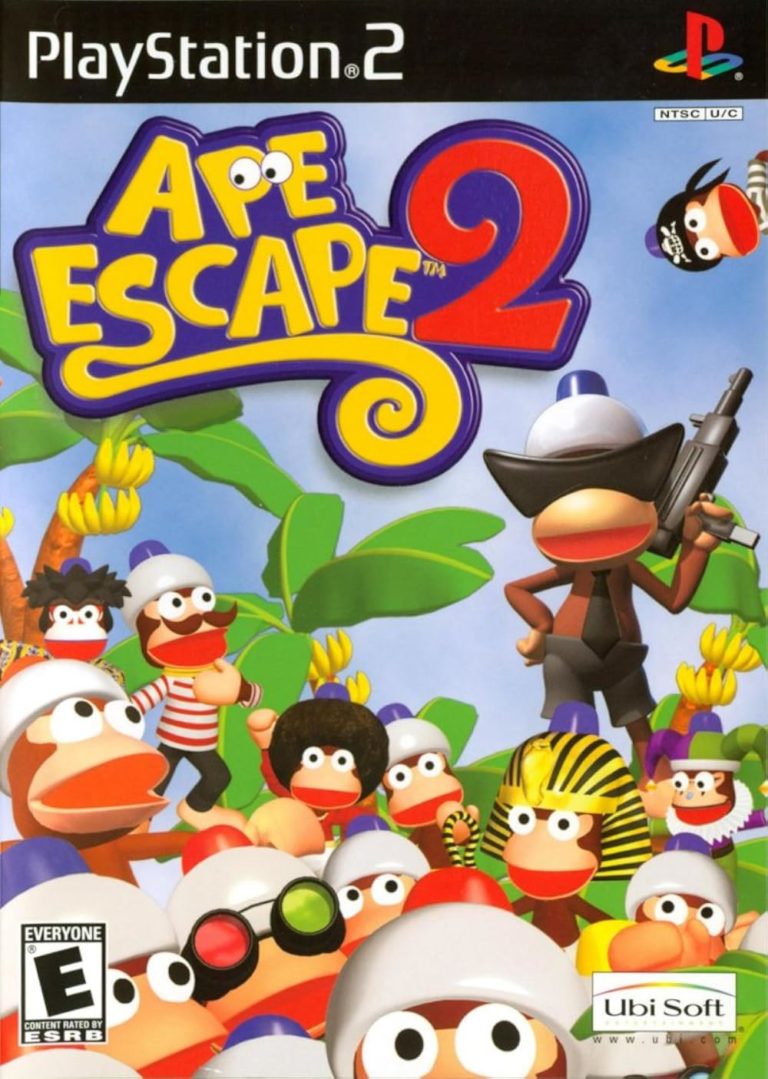Welcome back to the Ape Escape Love/Hate series! As I alluded to at the end of the...
Ape Escape
Welcome back to the Ape Escape Love/Hate series! I covered the main entries in this franchise last...
Welcome back to the Ape Escape Love/Hate series! In this entry we’ll be looking at the final,...
Welcome back to the Ape Escape Love/Hate series! In this entry we’ll be looking at the PS2...
It’s time for a new Love/Hate series on IC2S! For those who have been following my Resident...




